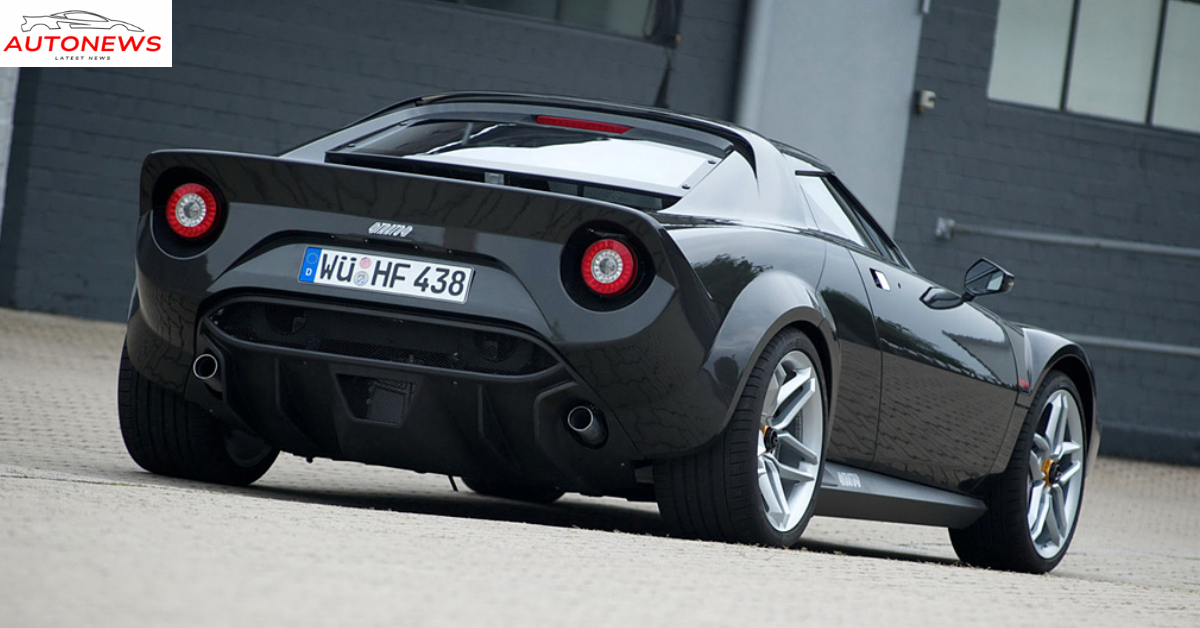In the world of motorsports, few cars have left as lasting an impression as the Lancia Stratos. Born in the early 1970s, this wedge-shaped beast was not just a car — it was a revolution on wheels. Designed from the ground up with one goal in mind — to win rallies — the Stratos quickly became a motorsport icon, earning a place in both racing history and the hearts of automotive enthusiasts around the world.
The Birth of a Rally Icon
The story of the Lancia Stratos begins with a bold idea. At the time, Lancia was looking to develop a car that could dominate the World Rally Championship (WRC). Up until then, most rally cars were modified production vehicles — fast, yes, but never truly purpose-built for the rigors of rally racing.
That changed with the Stratos. Lancia, under the ownership of Fiat, teamed up with the legendary Italian design house Bertone, and the result was something completely unprecedented: a car built specifically for rallying, with a radical design and mid-engine layout that prioritized performance, balance, and agility.
Striking Design: Form Meets Function
At first glance, the Stratos looks like something out of a science fiction film. Its short wheelbase, aggressive stance, and sharply angled lines make it look more like a concept car than something destined to tear through gravel and snow.
And that’s exactly what it started out as. The Stratos Zero, a Bertone concept shown in 1970, was a futuristic wedge that captured the public’s imagination. It had no real production intent, but it served as the foundation for what would become the Stratos HF (High Fidelity), the real-deal rally car that followed just a year later.
Designed by Marcello Gandini, the production version was more practical but no less dramatic. The compact body, wraparound windshield, and incredibly short overhangs gave it a look unlike any other. But every design choice served a purpose — compact dimensions for tight rally stages, excellent visibility for the driver, and a shape that cut through the air.
Ferrari Power, Lancia Brilliance
A good rally car needs more than just striking looks — it needs power, and lots of it. Fortunately, Lancia had access to one of the finest engines of the era: the Ferrari Dino V6.
Mounted mid-ship in the Stratos, the 2.4-liter V6 produced around 190 horsepower in road-going form, and well over 280 horsepower in race trim. Paired with the car’s incredibly light weight (around 980 kg), this gave the Stratos blistering performance, especially on twisty, unforgiving rally stages.
The car’s handling was equally impressive. Thanks to its mid-engine layout, short wheelbase, and advanced suspension setup, the Stratos could dance through corners with unmatched precision. Drivers described it as razor-sharp, responsive, and — in the right hands — nearly unbeatable.
Dominating the World Rally Stage
All of this engineering and innovation paid off. The Stratos made its WRC debut in 1974 and immediately proved its worth. With legendary drivers like Sandro Munari behind the wheel, the Stratos won the World Rally Championship three years in a row — 1974, 1975, and 1976.
Its dominance wasn’t just due to speed, but also versatility. Whether racing through snowy alpine passes, muddy forest trails, or scorching tarmac, the Stratos handled it all. It quickly became the benchmark for rally cars and set a precedent for purpose-built competition vehicles.
Even after Lancia officially retired the Stratos from the factory team, privateers continued to race it — and win — well into the 1980s. Its legacy as one of the most successful rally cars of all time was firmly cemented.
A Cult Classic
Beyond its racing success, the Stratos gained a cult following for its bold design, limited production, and incredible driving dynamics. Only around 500 units were ever built to meet homologation requirements, making it a rare and desirable collector’s car today.
In recent years, The Stratos has seen renewed interest, with enthusiasts and collectors pushing prices into the stratosphere — no pun intended. Several modern reinterpretations and “new Stratos” projects have tried to capture the magic of the original, but nothing quite matches the raw, analog charm of the 1970s legend.
Conclusion: A Legacy That Endures
The Lancia Stratos is not just a car — it’s a symbol of what happens when daring design, cutting-edge engineering, and a relentless pursuit of performance come together. It changed rallying forever and showed the world what a true purpose-built race car could achieve.
In a world now dominated by high-tech systems and digital driving aids, the Stratos stands as a glorious reminder of a wilder, more visceral era. It remains one of the most beloved and iconic machines ever to hit the gravel — and for many, the greatest rally car of all time.

